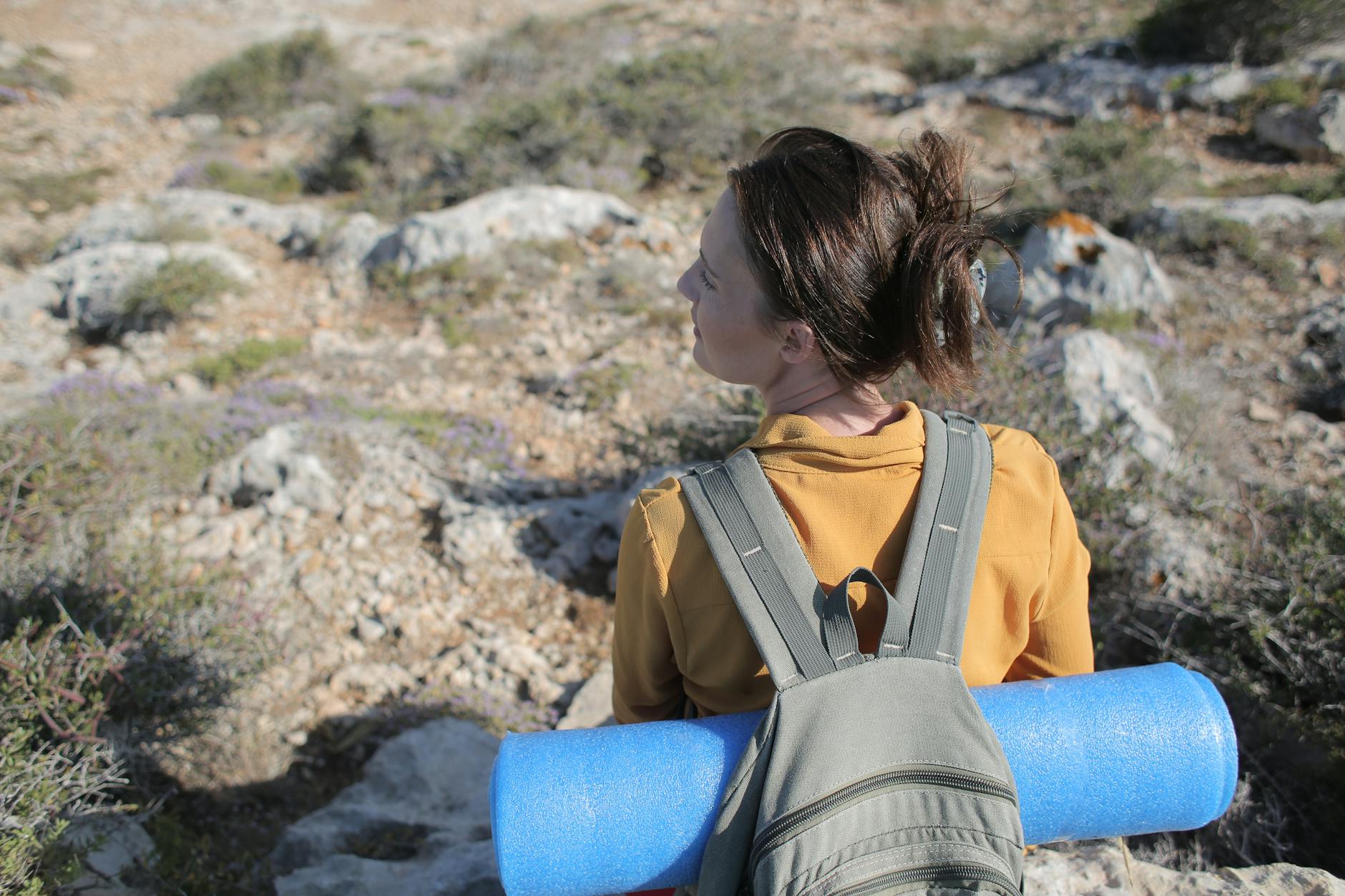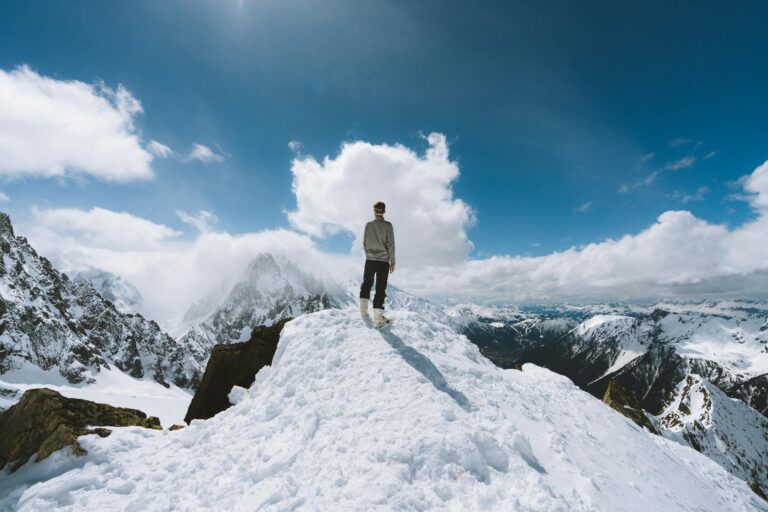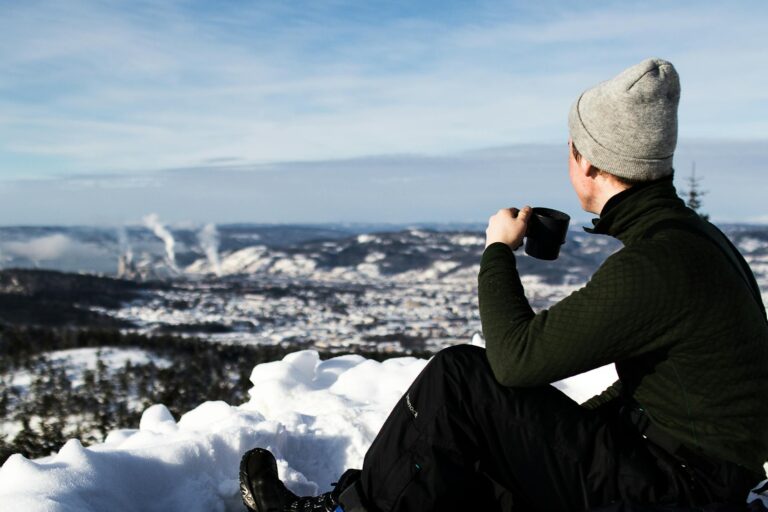Solo Backpacking Tips for First-Time Travelers: A Beginner’s Guide

Embarking on your first solo backpacking adventure is both thrilling and a little nerve-wracking, especially if you’re a little introverted. The call of the wild, the promise of self-discovery, and the freedom of traveling alone make it a unique and rewarding experience. But, it requires preparation, the right mindset, and, of course, the right gear.
If fitness is your goal, consider checking out our guide on SMART Goals for Fitness: Unveil the Path to Triumph andSuccess to help you build the right mindset and structure for your adventures.
If you’re ready to take the leap, this guide is packed with solo backpacking tips to ensure your journey is safe, enjoyable, and unforgettable. From choosing the best lightweight gear to mastering easy backpacking meals, let’s dive in.

Solo Backpacking: Why do It?
Before diving into tips, let’s talk about the “why.” Solo backpacking offers unmatched freedom—you set the pace, choose the routes, and have time to reflect. But, it also teaches resilience, problem-solving, and self-reliance. While it comes with challenges, the rewards are immense.

Solo Backpacking: Essential Tips for Beginners
1. Start Small and Plan Thoroughly
If this is your first trip, keep it simple. Choose a beginner-friendly trail, preferably one with clear signage and a moderate distance. Research weather conditions, trail difficulty, and any potential hazards.
Pro Tip: Apps like AllTrails and Gaia GPS are excellent for researching trails and navigation.
2. Pack Smart with Lightweight Gear
The success of any solo backpacking trip starts with the right gear. The key is to pack light but ensure you have everything you need.
Solo Backpacking: Essential Gear Checklist for Beginners
- Backpack: A 40-60 liter backpack is ideal for solo travelers.
- One-Person Backpacking Tent: Compact and lightweight options like the Big Agnes Copper Spur HV UL1 are great choices.
- Backpacking Tarp: Learn how to choose the best backpacking tarp for solo hikes to use as an additional shelter or ground cover.
- Sleeping Bag and Pad: Opt for lightweight and season-appropriate options.
- Backpacking Cooking Gear: A compact stove, lightweight pot, and utensils are must-haves.
- First Aid Kit: Include essentials like bandages, antiseptic wipes, and painkillers.
3. Choose the Right One-Person Backpacking Tent
For solo trips, a one-person backpacking tent is perfect. It’s lighter than a two-person tent and saves space in your pack. Look for models that are:
- Lightweight (under 2 kg)
- Easy to set up
- Durable in varying weather conditions
4. Master the Art of Backpacking Meals
Food is fuel. On solo trips, your meals should be lightweight, easy to prepare, and nutritious. Easy backpacking meals for solo travelers include:
- Dehydrated meal packs
- Instant oatmeal
- Tuna packets with crackers
- Ramen noodles with added protein like chicken or tofu
For a more detailed guide, check out our upcoming post on backpacking meals.
5. Test Your Gear Before You Go
Never take brand-new gear on the trail without testing it first. Pitch your tent in the backyard, cook a meal using your stove, and ensure your backpack is comfortable when loaded.

Solo Backpacking Safety Tips
6. Tell Someone Your Plan
Always inform a trusted person about your itinerary. Include details like:
- Starting and finishing points
- Expected duration
- Emergency contact information
7. Learn Basic Navigation Skills
While apps and GPS devices are fantastic, knowing how to read a map and use a compass is essential. Batteries die, but maps don’t.
8. Carry a Backpacking Tarp
A backpacking tarp isn’t just for rain protection—it’s a versatile piece of gear. Use it as a groundsheet, an emergency shelter, or even a sunshade.

Solo Backpacking: Staying Comfortable
9. Pack for the Weather
Layering is the secret to comfort. Bring:
- A moisture-wicking base layer
- An insulating mid-layer
- A waterproof outer layer
10. Stay Organized
Keep your gear organized for easy access. Use stuff sacks or packing cubes to separate items like clothing, food, and cooking supplies.
11. Take Care of Your Feet
Happy feet make for a happy trip. Wear broken-in hiking boots and pack extra socks to change into when needed. Blisters can be avoided with proper preparation and care.

Common Challenges and How to Overcome Them
12. Dealing with Loneliness while Solo Backpacking
Solo backpacking can get lonely. Combat this by journaling, listening to podcasts, or simply soaking in the beauty around you. It’s also a great time to meditate or practice mindfulness.
13. Staying Motivated
When the trail gets tough, remind yourself why you started. Break the journey into smaller goals, like reaching a specific landmark.
Gear Up for Your Next Adventure
As a beginner, solo backpacking can feel intimidating, but with the right preparation, it can be one of the most rewarding experiences of your life. This guide only scratches the surface—stay tuned for more in-depth posts on backpacking meals, best backpacking gear, and more. Start small, stay safe, and enjoy every step of your journey!




